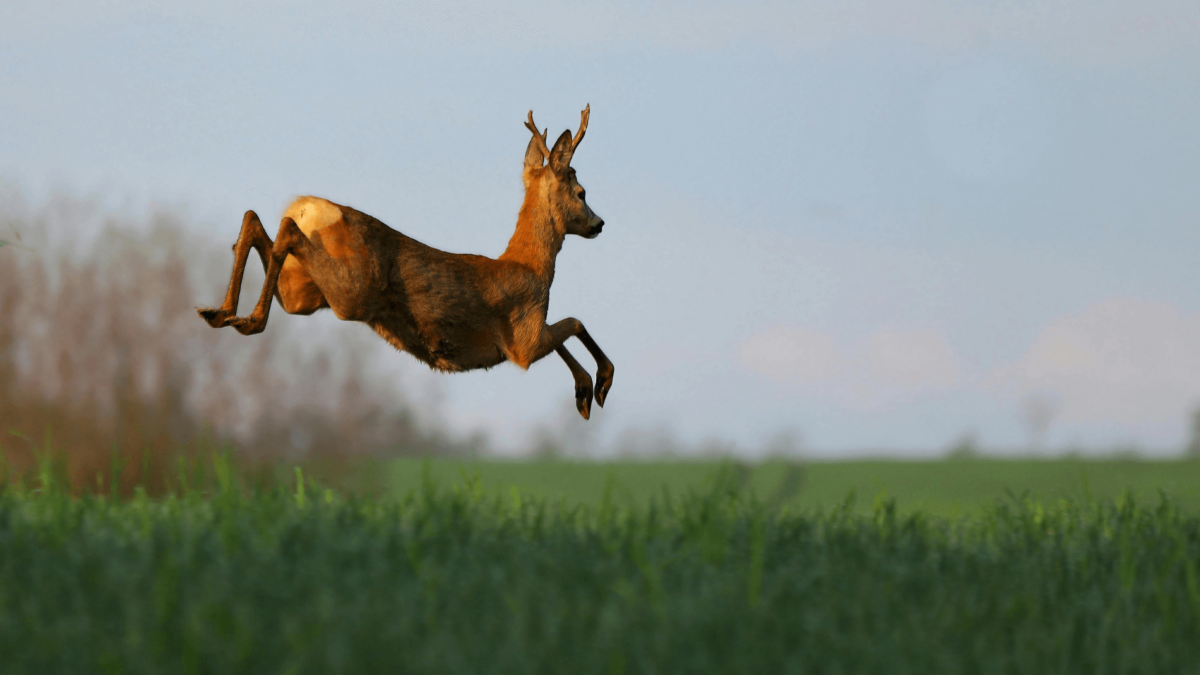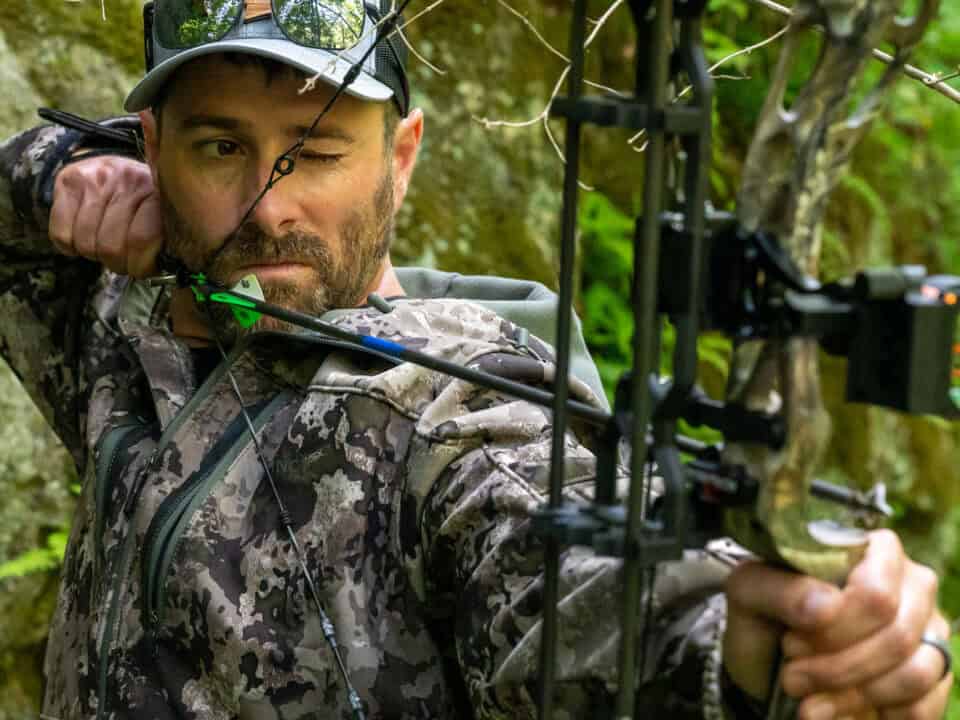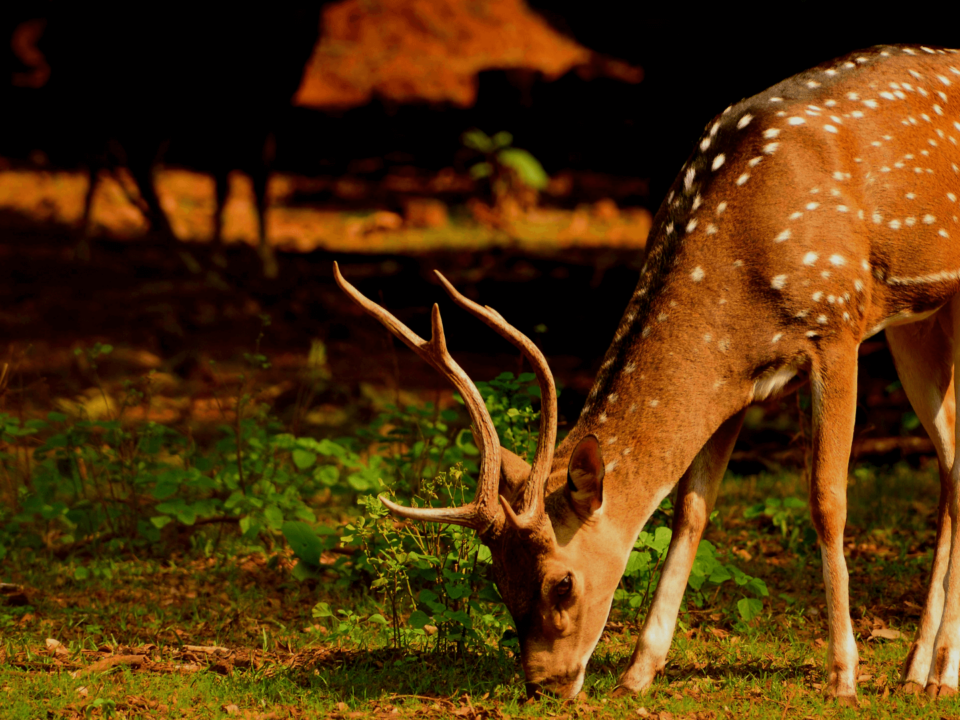A seasoned hunter knows that success in the wild begins long before the first shot. The ability to spot and trail big game separates an average outing from an unforgettable hunt. Mastering these skills takes patience, awareness, and understanding of animal behavior.
Tracking a big game is an adventure that demands sharp observation and strategy. Every footprint, broken branch, and distant sound tells a story waiting to be unraveled. Recognizing these subtle signs can turn an ordinary day in the field into the best hunting experience.
Reading the Landscape for Game Signs
Big game animals leave plenty of clues in their habitat. Tracks, droppings, and bedding areas provide critical information about their movements. Recognizing patterns in these signs helps predict where the animal is heading and when it might return.
Different species have unique track shapes and stride patterns. Deer prints have a distinctive heart shape, while elk tracks are broader and more rounded. Fresh tracks with crisp edges indicate recent activity, making them worth following.
Understanding Animal Behavior and Movement
Big game animals follow routines based on food, water, and safety. Paying attention to feeding grounds and watering holes increases the chances of spotting them. They tend to move cautiously at dawn and dusk, making these the best times to track them.
Wind direction plays a significant role in staying undetected. Animals rely heavily on their sense of smell, so approaching from downwind reduces the risk of spooking them. Watching for subtle movements, such as flicking ears or shifting shadows, can help locate hidden game.
Mastering Stealth and Patience in the Field
Moving quietly through the terrain is just as important as spotting game. Dry leaves and snapping twigs can give away a hunter’s position, sending an animal running before it ever comes into view. Taking slow, deliberate steps helps blend into the surroundings.
Wearing camouflaged clothing suited to the environment minimizes visibility. Breaking up the human outline by staying near tree lines or natural cover improves the chances of staying unnoticed. Long waits may be required, but patience often leads to the most rewarding encounters.
Using Optics to Spot Game from a Distance
A quality pair of binoculars or a spotting scope makes a significant difference in locating big game. Scanning open fields, ridgelines, and forest edges often reveals movement that might otherwise go unnoticed. Shadows and slight changes in color can indicate an animal blending into its surroundings.
Adapting to Changing Conditions
Weather, terrain, and animal behavior change constantly in the wild. A sudden shift in wind direction may require altering the approach. Understanding how animals react to weather conditions provides an advantage in staying ahead of them. Contact us today for more information!




